You have 0 product(s) in your cart.
Abyss Scuba Diving
How To Find Your Way Back To The Dive Boat
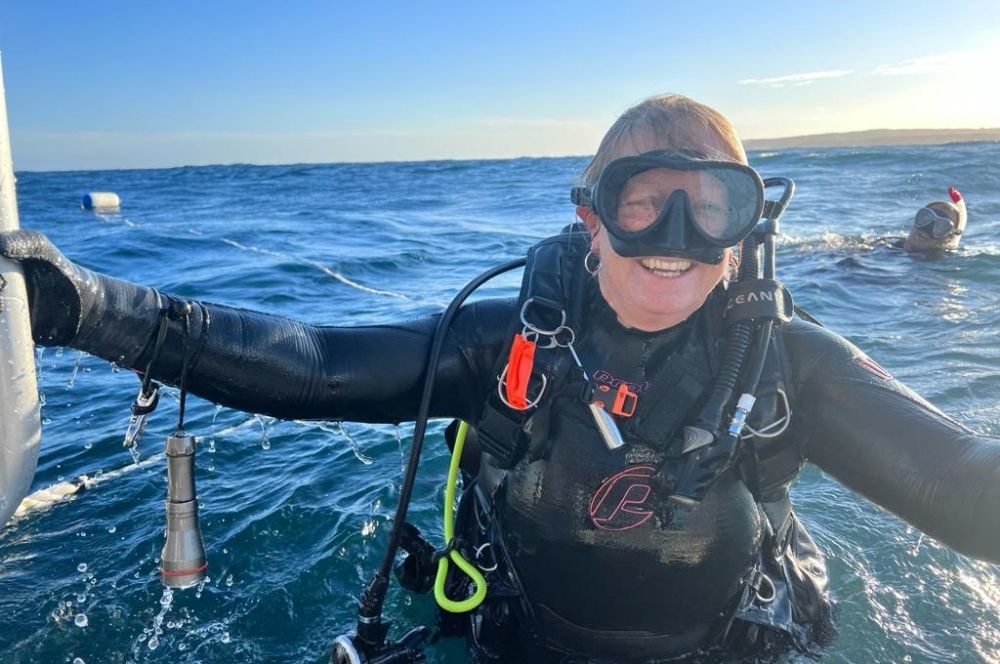
How To Find Your Way Back to the Dive Boat
As a scuba diver, you get incredibly excited to be out on the dive boat, in the water and exploring. However, at some point you may have experienced something which might mean that you will lose your way back to the boat. Getting lost when scuba diving is not at all fun. The last thing you want is to get to the surface to find no one in sight with no sight of the dive boat in any direction that you look.
The Dive Brief
The most essential part of good underwater navigation is planning, and this happens even before putting on your scuba tank and getting into the water. Listen carefully to what the divemaster tells you. You will be able to obtain extremely useful information about scuba diving in Sydney, such as depth and the current, which will allow you to make a good dive plan.
Have One Leader
Right before getting into the water, one of the divers should take the lead. Attempting to navigate by different divers in a buddy pair is a recipe for disaster. If you are the leader, concentrate on picking a path through which others will follow. On the other hand, your dive buddy will be keeping an eye on the depth, the distance traveled as well as the time spent. Agree on this before leaving the dive boat.
Always Go Down the Anchor Line
A good practice is to enter the water from the boat and then swim on the surface until you reach the anchor line and then start your descent. On reaching the anchor, take a good look around and notice any rock formations, colourful sponges, sand patches and any other physical features that you can familiarize yourself with. You can then use these features to find your way back.
Before leaving the anchor, check the depth, take a compass bearing on the direction you are heading and listen to see if you can hear any noise the anchor chain may be making. All these things will aid you when returning to the anchor.
Be Observant
Note any key observable characteristics of the dive site that will help you find your way back such as picking a path. Landmarks are essential, and you cannot hope to navigate efficiently without taking note of these. Look out for rock formations that stand out, other objects in the sea as well as any differences in the bottom. Simply put, you aim to keep an eye on any features that stand out and are easy to notice. As you do this, note their depth.
Check the angle of sunlight when diving. If you begin during the day along with the sun, your dives must finish at night. Another useful trick, if the visibility allows, is to look out for the shadow of the boat when at the bottom.
Watch the Time.
Note the time when you leave the anchor, then swim out for a certain time and back to the anchor at approximately the same time. If you notice that there is a current in either direction, this will affect that time. Keep an eye on your air consumption. Always utilize the one-third rule which says that you should use a third of your air for heading out, a third for coming back, and a third for making safety stops or for exploring around the boat.
Dive Slowly
There are a lot of benefits to swimming slow. One is that it will help you remain closer to the dive boat, which reduces the chances of losing your way. In fact, there is not much of a difference in the reef whether you are close or far from the boat. This means that there is really no need to swim further distances. Swimming slow also provides you with a relaxed attitude and to conserve more air giving you a longer dive.
Use Your Compass.
The importance of a compass while scuba diving is unquestionable. A compass helps orient yourself while scuba-diving and helps you return to your original point of departure.
If you are diving a non-descript reef then try to keep your path underwater, quite simple. Ideally swim out on one bearing and back on the other. If you are diving a wall then use the compass to note direction changes, if you don't do this then you can end up by swimming in circles around the same small reef.
Remember the Surface is Just above Your Head.
If you are suspecting that you are lost underwater, you should swim to the surface and try to find the boat from there. This makes it easier to find your way as opposed swimming from random directions under the water looking for landmarks. If you spot the dive boat, give the OK sign to the crew. This will inform them of your situation and let them know that you are heading back to them.
RELATED POSTS
-
Sydney Boat Diving: Your Beginner's…
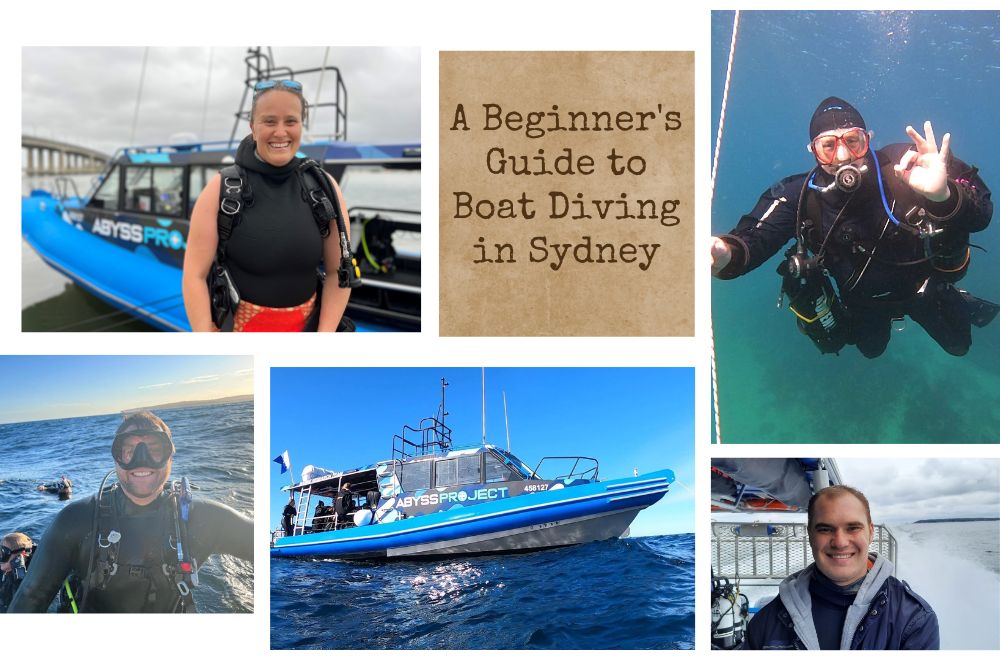
Sydney Boat Diving:…
Unlock Sydney's Underwater World: A Beginner's Guide to Boat Diving in Sydney Ready to discover Sydney’s […] -
Diving Martin Island: The Ultimate…
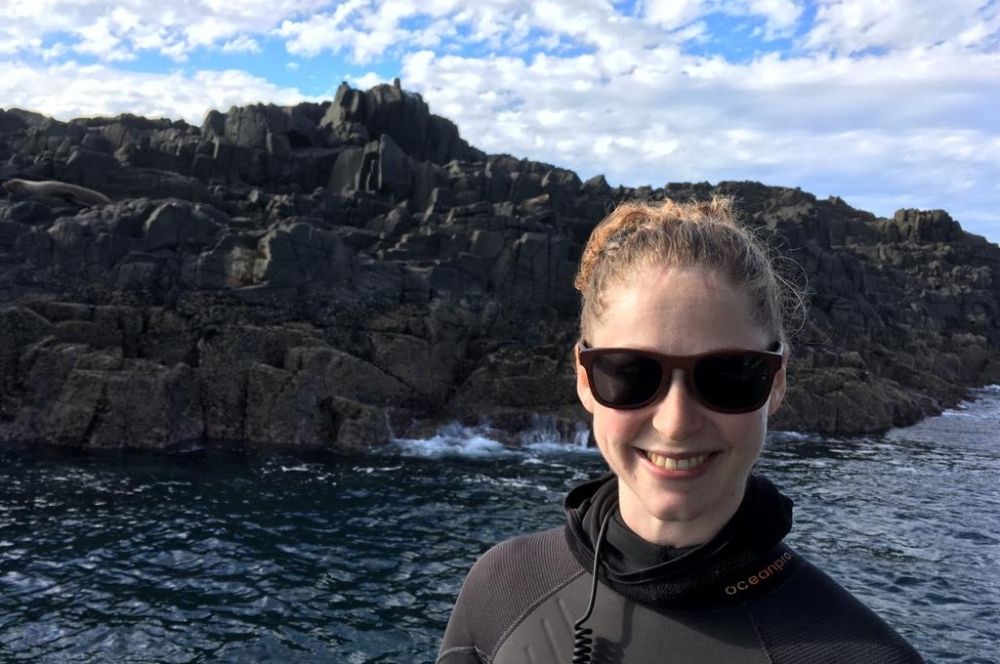
Diving Martin Island:…
Diving Martin Island: The Ultimate Guide to Sydney's Only True Seal Dive Situated about one hour south of […] -
A Day Out on the Dive Boat
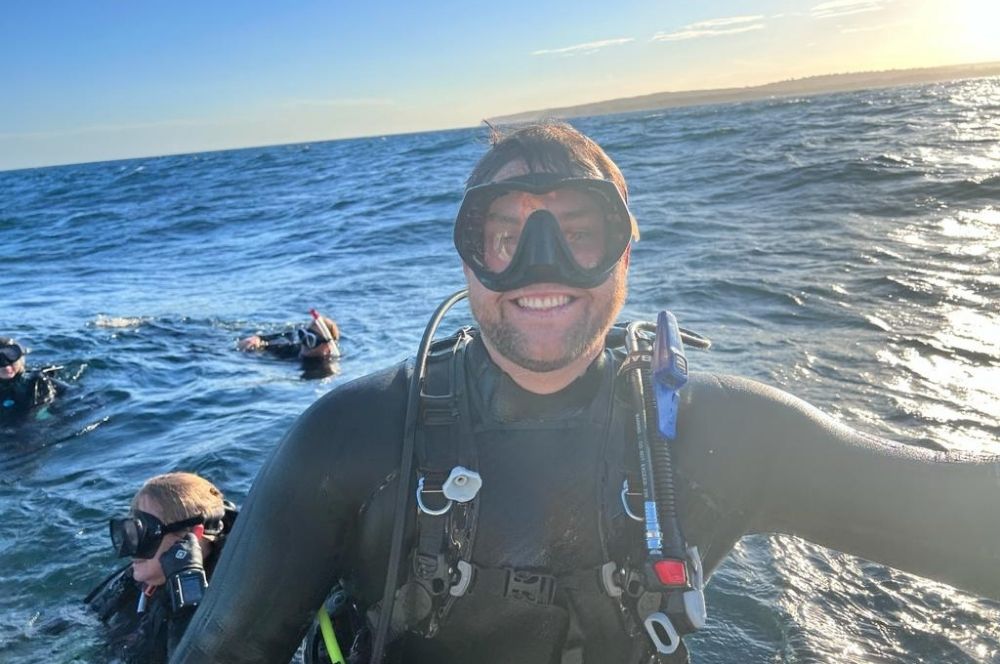
A Day Out on the Dive…
A Day Out on the Dive Boat: Advice from Seasoned Boat Divers If you are new to diving, a day out […] -
Dive Boat Etiquette
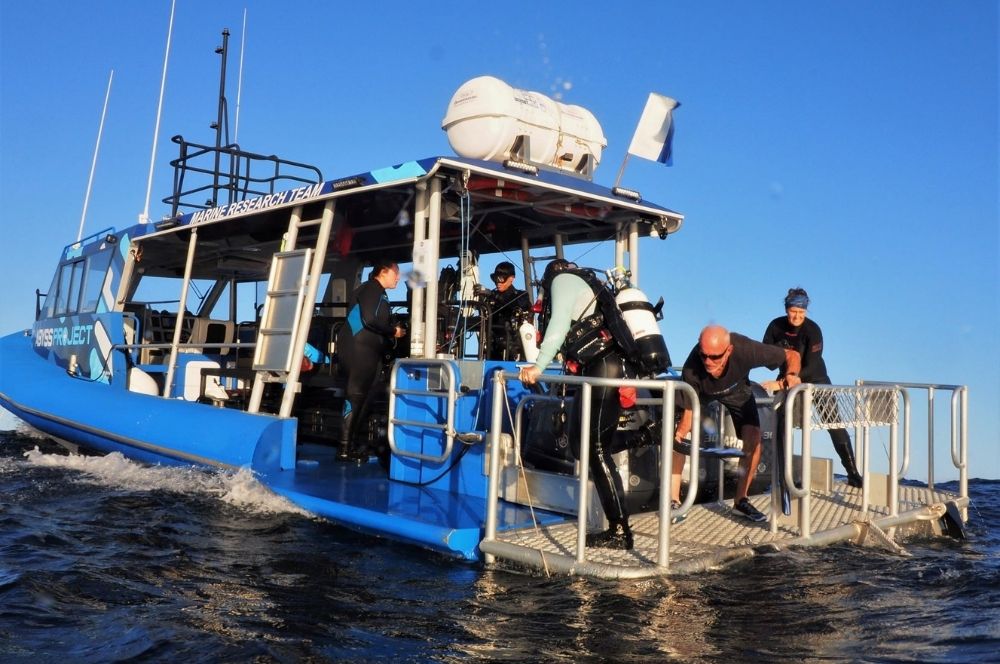
Dive Boat Etiquette…
Dive Boat Etiquette: How to Behave on a Dive Boat If you're heading out on a dive boat, there are some basic […]
Recent Posts





